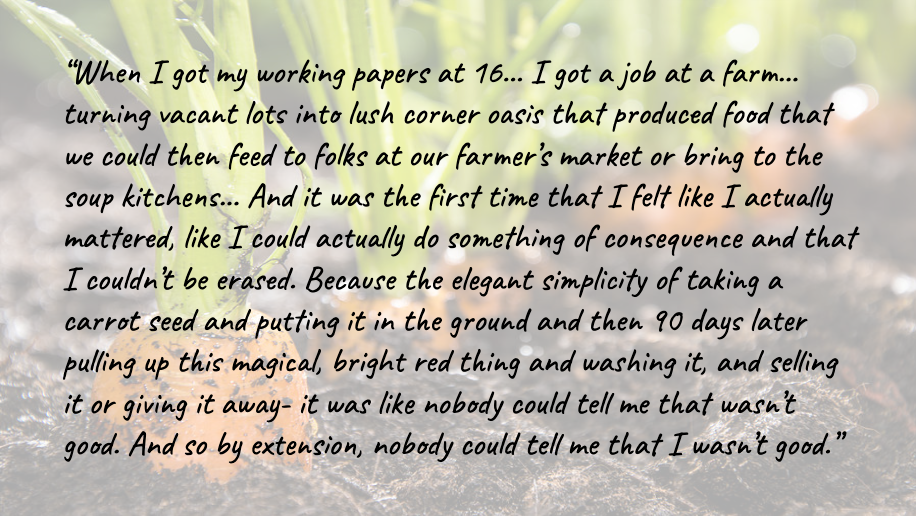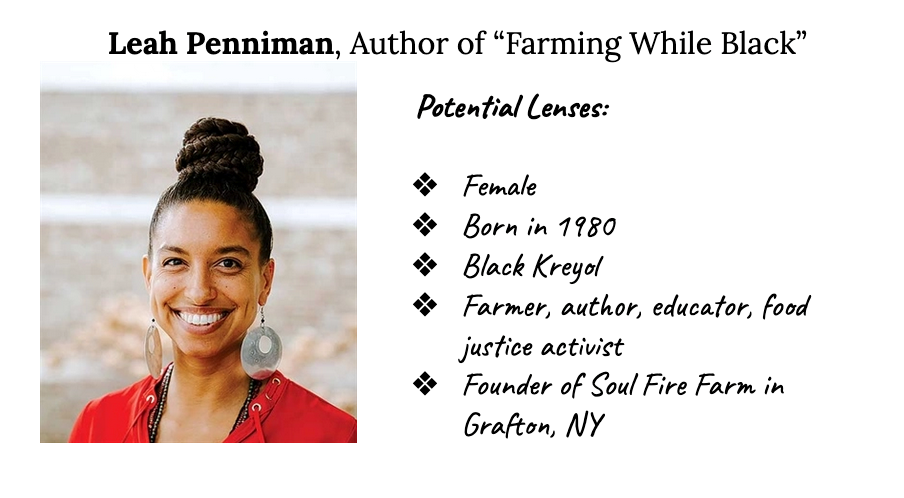Relevance
What do we mean by relevance? The program addresses topics or issues that make personal connections with participants and are important to their local communities and/or cultures. Content may also focus on issues or topics that are the subject of current discourse (locally, nationally or internationally).
What does it look like in practice?
- elicit and build on student background knowledge and experience related to the topic
- use of real-world data and examples that are contextually relevant to learners
- storytelling to connect with the audience
- include an element focused on enhancing cultural awareness and identity development
Grand Canyon National Park The Land that Shapes Us Program
The Land That Shapes Us explores land use and rights at Grand Canyon National Park. Using a case study from the Grand Canyon, students investigate the historically tenuous relationship between the National Park Service and Grand Canyon's 11 traditionally associated tribes. Students are asked to consider how the past influences the present, and what actions can help affect positive change in the future.
At the beginning of the program, the educator makes a personal connection with participants by asking them to reflect on a place that matters to them:
Think about a place that is special to you. Perhaps it is a place where you have fond memories of spending time with friends or family. Perhaps it has helped kind of shape you and what you're interested in. It can be special for any number of reasons, but I would like you guys just to spend 30 seconds reflecting on a place that is special to you. I have the chat up. So if you would like to share in the chat, that is wonderful.
Later, to help students understand how indigenous people who lived in or near the Grand Canyon may have felt in the past, the educator uses the following reflective prompt:
Journaling

Later she asks, “Has that relationship changed or [were] you able to move forward?”
These guiding questions help students make personal connections with the individuals who were forced to leave the land surrounding the Grand Canyon when the park was created. This program focuses on an important topic for the Grand Canyon’s 11 traditionally associated tribes. The removal of indigenous people from their land is the topic of local and national discourse. The educators utilize this program to help students envision ways to repair relationships and improve understanding between.
Gaston County Soil Stewardship Program
In the Soil Stewardship program for middle and high school students in Gaston County, North Carolina, students learn content knowledge through videos and complete a field investigation prior to a synchronous discussion with the educator.
In her virtual visit with the class, the educator asked students what might influence how they see soil, and listened to their responses. Then, she shared a quote with students from a book written by Leah Penniman called Farming while Black.
Quote by Leah Penniman called Farming while Black

Then, she asked, “What do you think she thinks about soil?” After hearing their ideas, she shared more information about Leah’s background and work that may influence how she views soil (see below).
Leah Penniman

For students who identify as female and/or Black, reflecting on the perspective a Black female farmer may help students imagine themselves working in agriculture.
She also includes time in the program to explore a web page. She includes a variety of resources for them to choose from including a game and some videos about people of color who are farmers. They discuss what they learned from their exploration at the end of the program.
In this program, the educator worked to make a program about soil relevant to BIPOC high school students in her community. By intentionally choosing examples of farmers from traditionally underrepresented groups, the educator challenged existing stereotypes of the agriculture industry. The educator’s intentional selection of this quote may help students who identify as female and/or Black imagine themselves working in this field.
Loxahatchee River Center Oyster Reef Ecology Program.
The Oyster Reef Ecology program for students in grades 3-8 is focused on the role of oysters in the Loxahatchee River. Students discover animals that depend on oyster reefs for habitat, and learn about community efforts to rebuild reefs.
In the midst of the program, the educator asked students if any of them are anglers. She then discussed the rules for fishing that come on a fishing license, and the importance of following these in order to protect ecosystems. She also mentioned a few specific species of fish (mangrove snappers and sheepshead) that benefit from healthy oyster reefs.
fish_ecosystems

In this example, the educator tries to make a personal connection with students who fish, helping them see how protecting these ecosystems will help some of the fish that matter to them thrive. Since fishing (both recreational and commercial) is an important industry to communities surrounding the River Center, this effort to link oyster reef protection to thriving fish populations brings relevance to the program.


